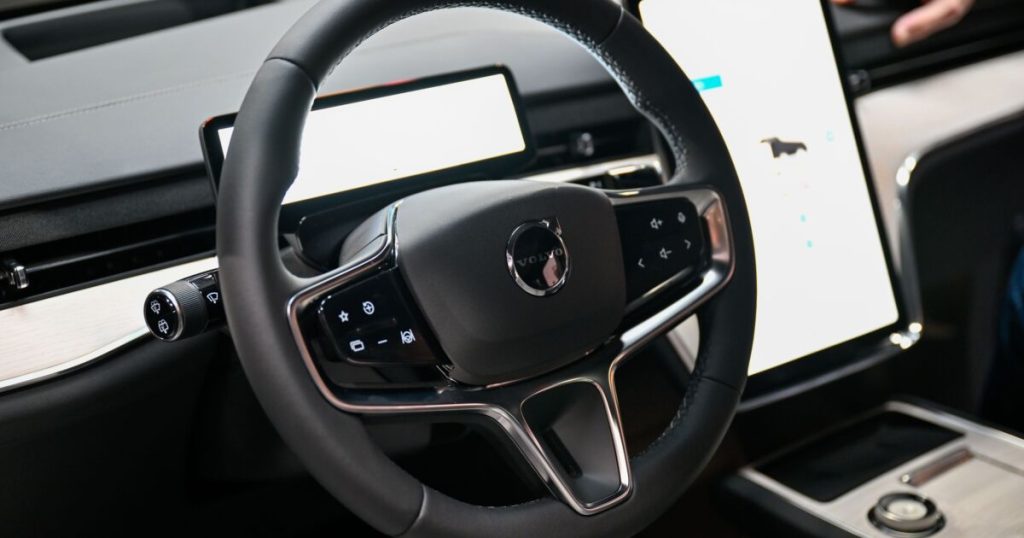How connected car data creates insurance personalization

Rapid advancements in technology have been the backbone of digitizing several consumer industries, with the focus to introduce enhanced simplicity as well as an innovative and tailored service experience.
To meet customers’ expectations in the digital age, auto insurers focus on end-to-end digitized insurance plans, tailored to customer’s dynamic usage and needs.
Studies suggest the introduction of automation can reduce costs related to a claims journey by up to 30%, while insurers stand to double profits over 5 years by digitizing existing business avenues. As a result, digitization is changing the way customers interact with insurers and opt for services.
Digital insurance underpins a customer-first approach to create more practical and personalized insurance plans, with the spotlight on improved convenience and customer experience. From offering simplified and customized coverage options and faster claims processing, to risk analysis and reduced costs, the concept relies on smart software programs and rich automotive data for the major part.
Connected vehicle data, from modern ACE (Autonomous, Connected and Electric) vehicles, monitors vehicle vitals, vehicle performance and driver behavior to detect risk factors that could compromise safety on the road. For instance, tracking driver’s historic data linked with excessive speeding and harsh braking, along with real-time parameters such as speed, location and mobile phone usage, would enable insurers to come up with insurance plans specific to their exact needs and risk profile. Once the relevant data is collected, AI and IoT technology are used to improve the policy underwriting process by generating accurate driver reports in shorter spans, and analyze them per current mobility trends for optimized costs.
Usage-based
UBI consumes connected car data to interpret insurance costs for policyholders, by taking into account how well the driver performs on the road. UBI models evaluate risk profiles based on driving skills and embedded telematics data from connected vehicles, to offer customised plans to customers according to their driving abilities.
Unlike conventional auto insurance plans, UBI does not take into consideration passive factors such as credit scores, number of claims or location of residence to deduce policy costs. Data-driven digital insurance plans such as PAYD (pay-as-you-drive) and PHYD (pay-how-you-drive) utilize UBI concepts to offer enhanced personalization to drivers with minimal efforts. The plans allow users with limited driving needs, or safer risk profiles, to enjoy comprehensive coverage at discounted premiums.
In response to the rising global demand for customized services, auto insurers across the world have shifted focus from conventional auto insurance to usage-based insurance. So much so that the global UBI market size is expected to grow from $19.6 billion in 2021 to $66.8 billion by 2026, at a CAGR growth of 27.7%.
Connected vehicle data
With data and connectivity forming a distinct pattern in UBI models, connected vehicle data undeniably becomes the source for in-depth data – essential to deliver comprehensive coverage to the customers.
UBI programs typically track vehicle mileage and driving habits, monitor risky practices on the road as well as collision events or accidents. Connected car data, derived from monitoring aspects such as speed, acceleration, hard braking, hard cornering, miles driven, time of day, phone use while driving and more, helps accurately assess vehicle’s live location, breakdown and malfunction events.
Data thus gathered fuels intelligent insights that enable insurers to offer policyholders customized plans, enhanced road safety and new products. While the industry has been attempting to deliver solid UBI models through data from third-party apps or services, the in-vehicle data from embedded vehicle sensors really takes it up a notch in terms of data richness, reliability, convenience and cost-effectiveness.
It also eliminates privacy concerns among the current generation of users, with sharing their private information and provides some level of comfort, promised by a transparent data exchange process as well as adherence to global data privacy laws.
Benefits to car owners
Telematics and data offer more than just a far-reaching view at the factors that impact auto insurance.
Mobility intelligence can reward safe drivers with lower premiums and discounts, matching their driving behavior. Heightened road safety as a result of driver behavior monitoring and incentive-based techniques to improve driving skills. It can also provide drivers with regular feedback on their skills behind the wheel, to encourage an ideal demeanour on the road. Telematics powered digitized insurance products have the ability to augment crash investigations by reconstructing the accident sequence and thereby significantly improving road safety. The process also helps auto insurers optimize claims by reducing the time frame for claim dispersal and policy renewal, as well as identifying fraud claims effectively. Digital insurance throws light on several vehicle parameters in use, including odometer readings and fuel consumption, to assist drivers in making smart decisions to control overuse and boost fuel efficiency. As a result, auto insurers can expect to strengthen their long-term relationships with customers through superior customer experience, personalized plans and value-added services with future-ready insurance products.



